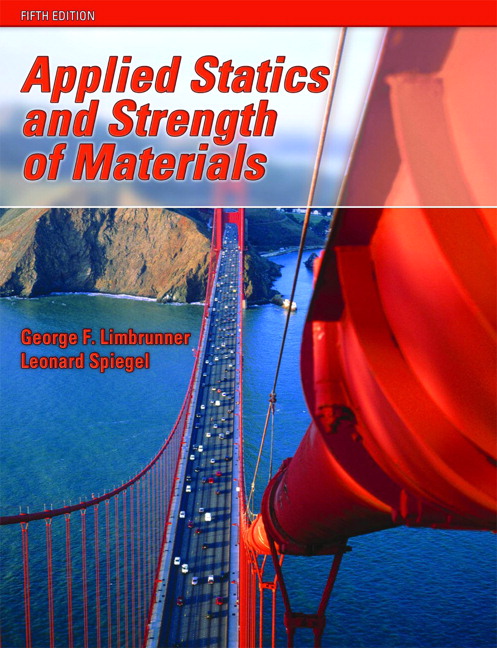Stips, Macias, Coughlan, Garcia-Gorriz, and Liang (2016, Nature Scientific Reports) use information flows (Liang, 2008, 2014) to establish causality from various forcings to global temperature. We show that the formulas being used hinges on a simplifying assumption that is nearly always rejected by the data. We propose an adequate measure of information flow based on Vector Autoregressions, and find that most results in Stips et al. (2016) cannot be corroborated. Then, it is discussed which modeling choices (e.g., the choice of CO2 series and assumptions about simultaneous relationships) may help in extracting credible estimates of causal flows and the transient climate response simply by looking at the joint dynamics of two climatic time series.
翻译:Stips、Macias、Coughlan、Garcia-Gorriz和Liang(2016年,《自然科学报告》)利用信息流动(Liang,2008年,2014年)确定从各种压力到全球温度的因果关系。我们表明,所使用的公式取决于一个几乎总是被数据拒绝的简化假设。我们建议根据矢量自动反射来适当衡量信息流动,并发现无法证实Stips等人(2016年)的大部分结果。然后,讨论哪些模型选择(例如,二氧化碳系列的选择和同时关系假设)可以帮助获取对因果流动和短暂气候反应的可信估计,只需看两个气候时间序列的联合动态即可。





